What happens when cruelty is plated alongside haute cuisine? When abuse is served on fine china and lust is paired with caviar? Peter Greenaway’s The Cook, the Thief, His Wife and Her Lover (1989) is not just a film, it’s an experience that assaults your senses, teases your intellect, and leaves you questioning everything from morality to your choice of dinnerware.
At the center is Albert, played with terrifying richness by Michael Gambon. Albert is a thief, a criminal, and the tyrannical ruler of his own little world. However, he is also a fearful, little boy. His opulent restaurant, run by the French chef Richard Borst (Richard Bohringer), becomes the stage for his displays of power, paranoia, and extreme violence. There is nothing subtle about Albert, he destroys everything he gets his hands on: he shatters objects, he terrorizes restaurant goers, and, most horrifically, he abuses his wife, Georgina (Helen Mirren). Watching him, you see the archetype of human rot and authoritarian abuse. Impotence, fear, low self-esteem – Albert masks it all with aggression, malice, and the sheer spectacle of power.
Georgina, however, is no passive victim. Her affair with Michael, a quiet, intellectual bookworm played by Alan Howard, sets the story into motion. The tension between brutal domination and secret desire becomes a dance of visuals and emotion.

Cinema as Canvas
Greenaway’s fascination with visual art is evident from the first frame. Cinema in his work is treated not as a narrative tool but as a canvas. Every shot is meticulously composed, echoing the grandeur of 16th- and 17th-century painting. Costume design by Jean-Paul Gaultier is spectacular – characters’ outfits align with the color schemes of the sets, creating living, breathing tableaux that feel both grotesque and exquisite.
The restaurant interiors bleed with reds and whites, potentially a nod to Bergman’s theatrical use of color in Cries and Whispers. The library, in contrast, is bathed in somber browns – Michael’s world, calm, intellectual, and uncorrupted by the excesses of the restaurant. Red dominates scenes of violence and passion, white in the restroom scenes suggests purity and transgression, and blues and greens of the exterior spaces create a surreal separation between Albert’s world and reality.
Food becomes more than prop – it is a symbol, a comedic device, and a visual spectacle. Tim Roth’s character Mitchel, who cannot stomach shells without dramatic consequences, provides moments of grotesque humor. Every element – smoke curling, water glistening, food meticulously arranged – is a masterclass in visual storytelling.

Extreme Emotions Meets Dark Humor
Greenaway balances intensity with humor, making the grotesque consumable. Liz Smith’s Grace delivers comic relief that is pure gold: her sleepy reactions to Albert’s never-ending rants and absurd obedience are hilarious. She follows even the dumbest orders Albert makes “Grace, just go and look out of a window.” Greenaway’s humor, often subtle and layered with irony, keeps the film from collapsing under its own weight.
The performances are extraordinary. Gambon’s Albert is terrifying yet fascinating – a Shakespearean study of a dictator filled with paranoia and delusions of grandeur. Mirren’s Georgina evolves from a restrained, suffering wife into a woman who seizes power through intellect, grief, and revenge. Watching her transformation unfold is riveting: long-ignored authority awakens, subtle, cunning, and devastatingly effective.

Composer Michael Nyman’s haunting music complements the visuals perfectly, balancing tension and elegance. Cinematographer Sacha Vierny, who worked with Luis Buñuel and Alain Resnais, brings a luminous, painterly quality to every scene. The lighting is inventive, compositions deliberate, and camera movements (think: tracking shots) serve the story without overwhelming it.
Timeless Relevance
What makes The Cook, the Thief, His Wife and Her Lover still resonate today? Its themes: power, abuse, lust, betrayal, revenge. The tyrants, the abusers, the displays of control for their own sake – we see them daily, in politics, culture, and sometimes even in our neighborhoods or homes. Greenaway’s extravagant, stylized story is immediately recognizable and painfully relevant.

Greenaway trusts the audience to engage visually and emotionally rather than merely following plot points.
The film is not easy to find on mainstream streaming, but it is available via Hoopla through some public libraries. If you get the chance to see it on the big screen, especially as part of a retrospective, don’t miss it. Ari Aster (Hereditary) cites it as a major influence, and its extreme intelligence, visual daring, and emotional punch remain unmatched.
If you love cinema that challenges, delights, and makes you squirm all at once, Greenaway’s 1989 classic is essential viewing – not for the faint-hearted.
~ by Dora Endre ~

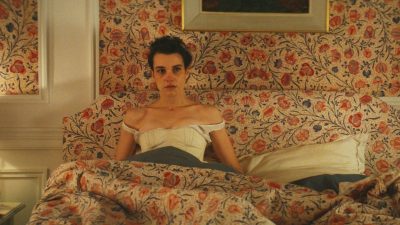


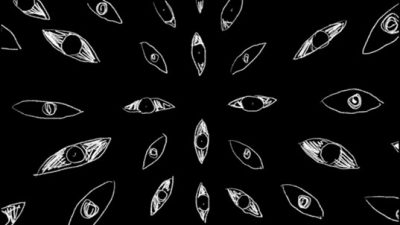



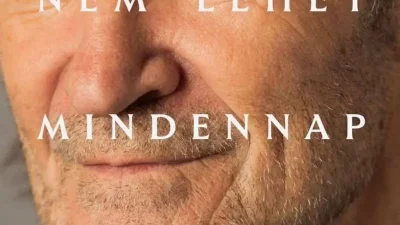

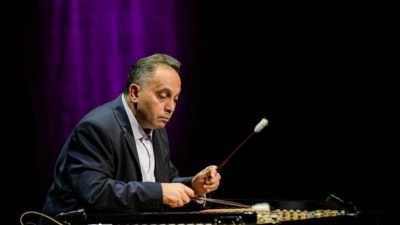


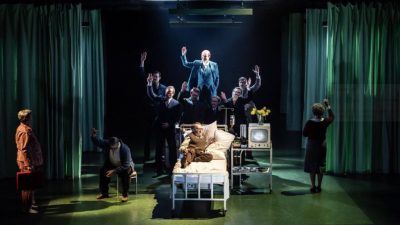
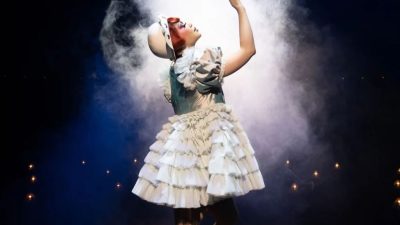
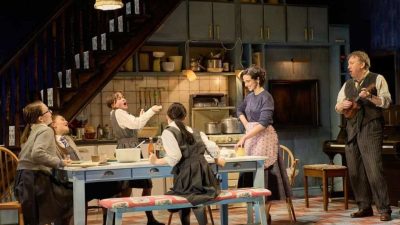



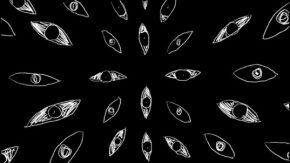





Comments